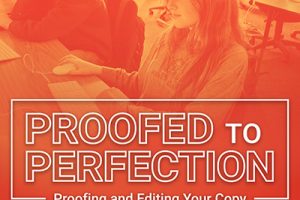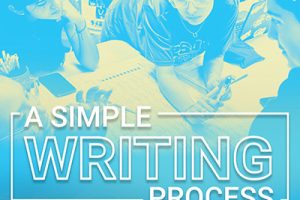Best topping for a good story
Let’s try a little experiment.
Take four identical bowls of vanilla ice cream and place them side by side. Which one is likely to be eaten first?
Hmmm.
Perhaps I can simplify your choice… Drizzle one of the servings with hot fudge sauce. Try caramel and nuts on the next. Toss some gummy worms and candy sprinkles over the third. And how about some salsa and chili beans on the fourth?
Sample each one. Amazing, isn’t it, how they all seem so different now? Notice, too, that some are more appealing than others. Which one is the best? Chances are, you have your own personal favorite, but I’ll bet there are not too many ice cream-chili lovers out there. Most folks want a sundae with toppings that look good and enhance the flavor of the ice cream.
Story leads work much like ice cream toppings. They draw attention to the subject, making it more attractive, imparting a distinct “flavor” or “personality.”
Leads can inspire. They can question. They can shock, tickle, tease or entertain. But what is their ultimate purpose? Working together with headlines, designs and photographs, leads invite readers to come inside, kick off their shoes and stay for awhile. Good leads should not just grab attention; they should also harmonize with the tone or attitude of the copy. Even the cleverest lead, however, cannot salvage a poorly written story. A punchy lead followed by a boring story is a letdown. Instead, that same lead should pull the reader into a fabulous story that deserves to be read. All of the elements need to function together to make a meaningful presentation.
Let’s try another experiment.
Take four identical yearbook stories. Apply a different lead to each one and watch what happens. Just like the sundaes, the stories will take on specific flavors or attitudes according to their leads. (As for “chili,” well, there are certain leads that are better left unused.)
Example 1
This year, the fine arts department presented Steel Magnolias, Feb. 24-27. Borrowed salon chairs and Technicolor perm rods were dragged in by the truckload to create Truvy’s Beauty Shop.
While there is certainly nothing grammatically wrong with the above, it lacks punch. We’ve often read that the words “this year” should not be used to start a story. We can assume the event took place “this year.” Plus, the lead is just plain boring. The second sentence is more interesting than the first, but at this rate, the reader may not even get that far.
Example 2
On Feb. 24-27, the comedy-drama Steel Magnolias was presented. Borrowed salon chairs and Technicolor perm rods were dragged in by the truckload to create Truvy’s Beauty Shop.
This lead is no better than the first one. A date lead might work for a newspaper article, but it does nothing for a yearbook story. Again, the lead is far less interesting than the second sentence and basically gives the reader all he may THINK he wants to know.
Example 3
“The set was so realistic, I just wanted to sit right down and get my own hair done,” said Cindy Correll. Borrowed salon chairs and Technicolor perm rods were dragged in by the truckload to create Truvy’s Beauty Shop for Steel Magnolias, Feb. 24-27.
This quote lead is a step in the right direction. What was so great about the set? What made it so believable? They must have spent a lot of money on it. Where did they get all the props and set pieces? (The reader is now curious enough to read on.) Notice how the date and name of the production have been moved to the end of the second sentence since that kind of information does not make the most interesting lead. If the quote is engaging enough, the reader will go in deeper to find out the facts, and hopefully will get hooked along the way.
Example 4
Pink. It was their signature color. Pink posters. Pink shirts. Pink costumes. Pink programs. The entire place looked like it had been hosed down with Pepto Bismol. Borrowed salon chairs and Technicolor perm rods were dragged in by the truckload to create Truvy’s Beauty Shop for Steel Magnolias, Feb. 24-27.
Wow! This one is fun!
It fits the tone of the story and piques the reader’s interest. A single word followed by a few choice fragments is enough to stir up memories of the event right away. Just about the time the reader is thinking, “Oh, yeah, I remember all those pink posters plastering the walls,” he should be halfway through the second sentence and emotionally involved with the memories, ready to read on. Of course not every story will appeal to every reader, but for those interested in reading about Steel Magnolias, “pink” should do the trick.
There you have it. Four identical stories , four different leads. Mix and bake at 375 degrees or until golden brown. They’ll create different attitudes, different stories with distinct “flavors.” Just enough batter for those jumbo-sized muffin trays.
I have found that the best way to teach my staff to write good leads is by finding good examples in recent yearbooks. There are a few examples in the right column.
Tag:writing



